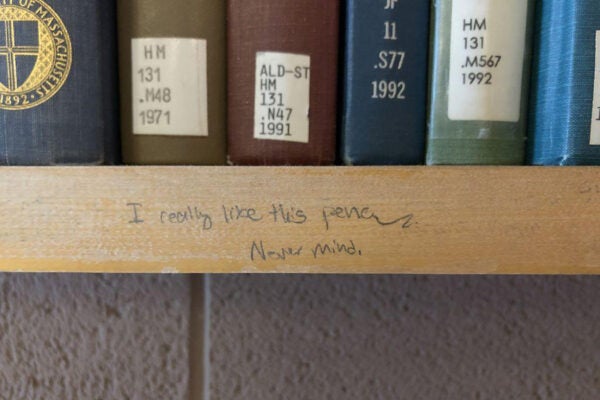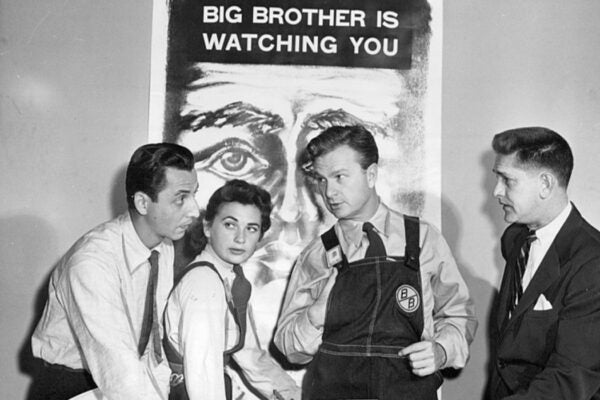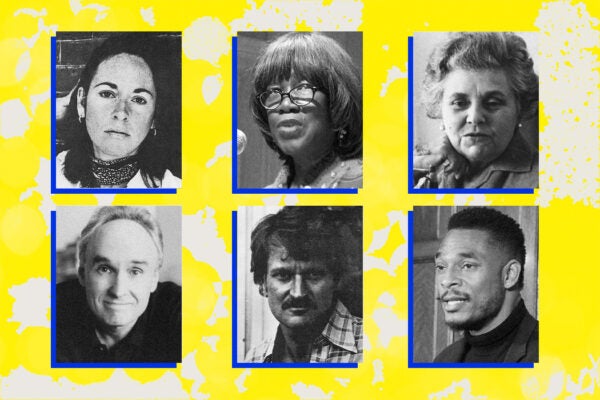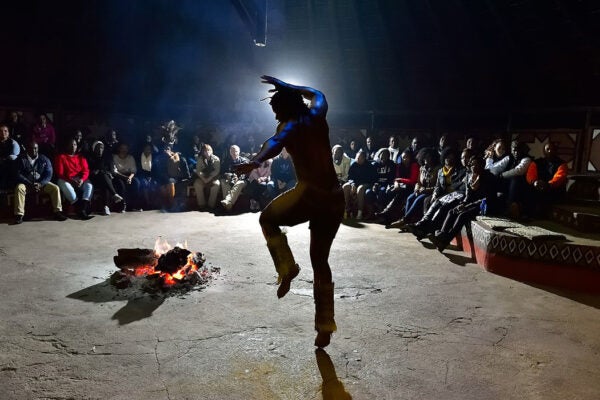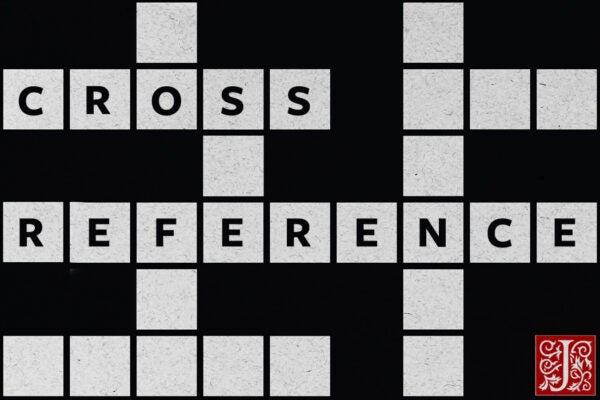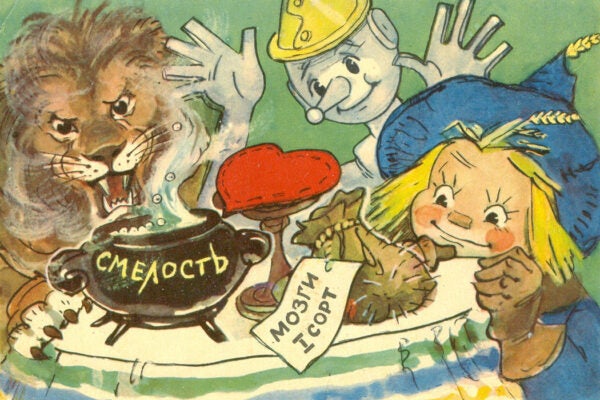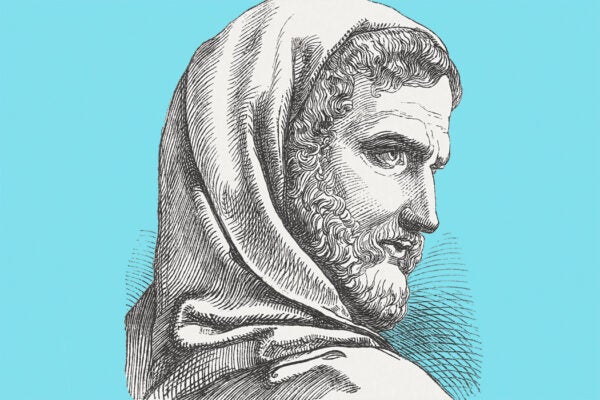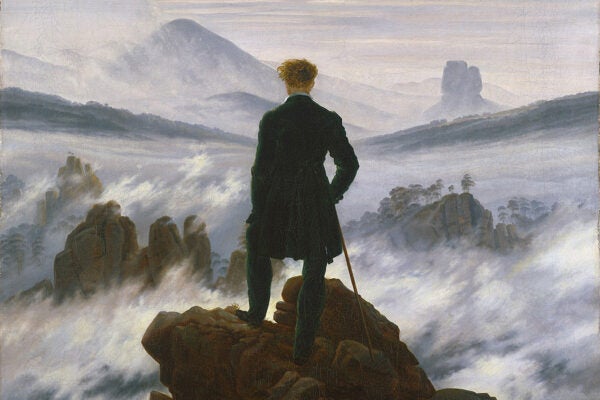Graffiti Limbo
A University of Virginia professor enlisted students to document the messages—profane, hopeful, despairing—left on library carrels by previous generations.
Turning Orwell into Propaganda
Many read the novels of George Orwell as pro-capitalist/anti-socialist propaganda, but his work has become a resource for all kinds of political arguments.
10 Sestinas by Modern and Contemporary Poets
The sestina form features the repetition of end words across stanzas. Here are sestinas by Louise Glück, Terrance Hayes, Elizabeth Bishop, Patricia Smith, and more.
Cultural Villages in South Africa
Originally viewed as a way to educate tourists on the multiple peoples and traditions of South Africa, cultural villages may soon be a thing of the past.
Introducing Cross Reference
The new JSTOR Daily crossword puzzle is here to entertain and educate you.
Twin Curtains: Oz and the USSR
Aleksandr Volkov’s The Wizard of the Emerald City reimagined L. Frank Baum’s classic, imbuing the story with a love of labor for readers in the Eastern bloc.
The Numinous World of Pliny the Elder
As a follower of Stoic philosophy, Pliny used sensory experience to try to understand the divine.
The Decades of Double Features
For years, the double feature was a dependable part of the movie-goer’s life. Where did it come from, and where did it go?
The Case of Caspar David Friedrich
Born 250 years ago, Friedrich reimagined landscape painting by portraying the vastness of nature as a setting for profound spiritual and emotional encounters.
What’s the Legacy of Disco Music?
If you listen to Blondie, The Police, or the Pretenders, it’s in the beat.
